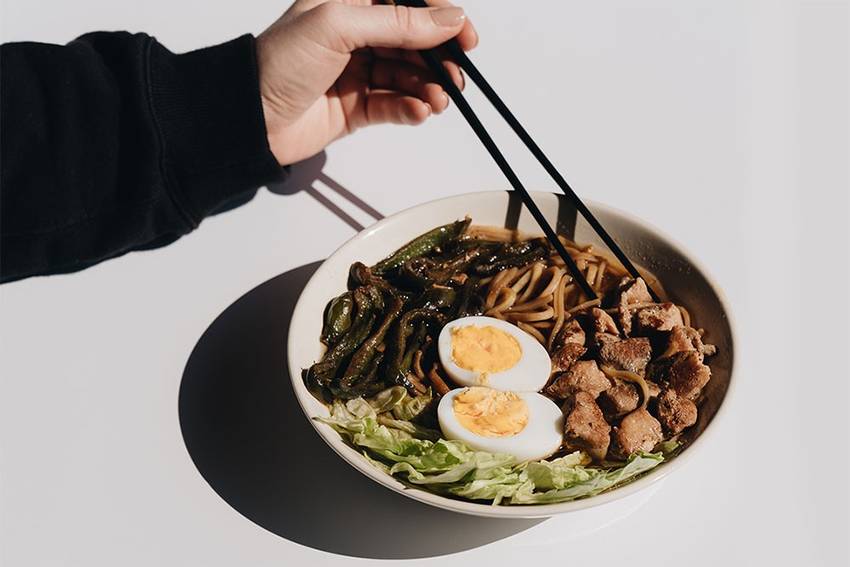ホルモン
「モツ
ホルモンは、プロテインやビタミン、ミネラルなどの
Fried Beef or Pork Offal Cuisine
"Horumon dishes" are a big part of Japanese food culture and refer to dishes made primarily with the internal organs of cattle and pigs. Typical horumon dishes include horumonyaki and motsu-nabe.
Horumonyaki is a local dish that many people eat and enjoy, especially at food stalls and small restaurants. To make horumonyaki, they use various parts of beef as ingredients, including beef tongue, liver, heart, upper rumen (part of the stomach), and horumon. Cooks pre-treat and season these parts with salt or sauce before grilling. They usually serve the grilled hormone with salt, lemon juice, and spices to taste.
Motsunabe refers to a one-pot dish, which features pork motsu (offal) as the main ingredient. In addition to pork motsu, they may also add various vegetables such as Chinese cabbage, chives, bean sprouts, cabbage, carrots, shiitake mushrooms, konnyaku, tofu, and udon noodles. In motsunabe, the motsu stews, softening the meat and making it more flavorful, which transfers to the broth. Additionally, they can add soy sauce, miso, garlic, and/or sesame oil to enhance the flavor, as well as other seasonings to make it spicier. Usually, people eat motsunabe at home or they’ll find it on the menu at an izakaya.
Horumon is rich in nutrients such as protein, vitamins, and minerals, and so people consider it good for you for both beauty and health reasons. It’s also popular in Japan because it tastes delicious due to its high inosinic content, a flavor component. However, since internal organs have digestive functions, eating them raw would be harmful to health. Therefore, when eating horumon dishes, it’s important to prep and cook them properly with heat. In addition to that, if you have allergies, make sure you pay attention to how much you’re eating.
sign up for the Japanese-Online Newsletter
__..-・**・-..__..-・**・-.._ あいうえお かきくけこ さしすせそ たちつてと なにぬねの はひふへほ まみむめも やいゆえよ らりるれろ わゐうゑを ん __..-・**・-..__..-・**・-.._
#JapaneseOnline #LearningJapanese #FreeJapaneseLessons #JapaneseVideoLearning #JapaneseAnime #Anime #JapaneseFood #Bloguru











No Latest Comments